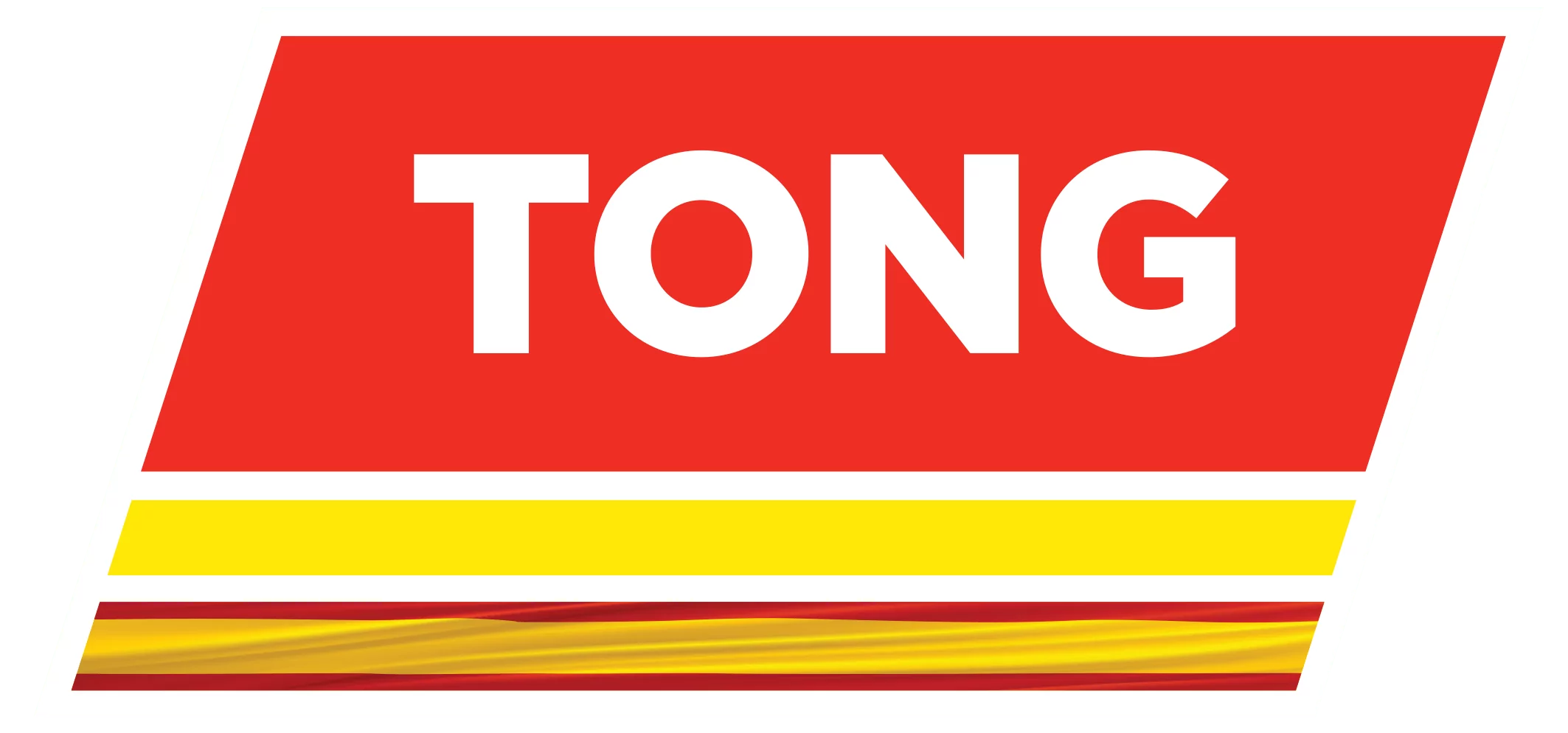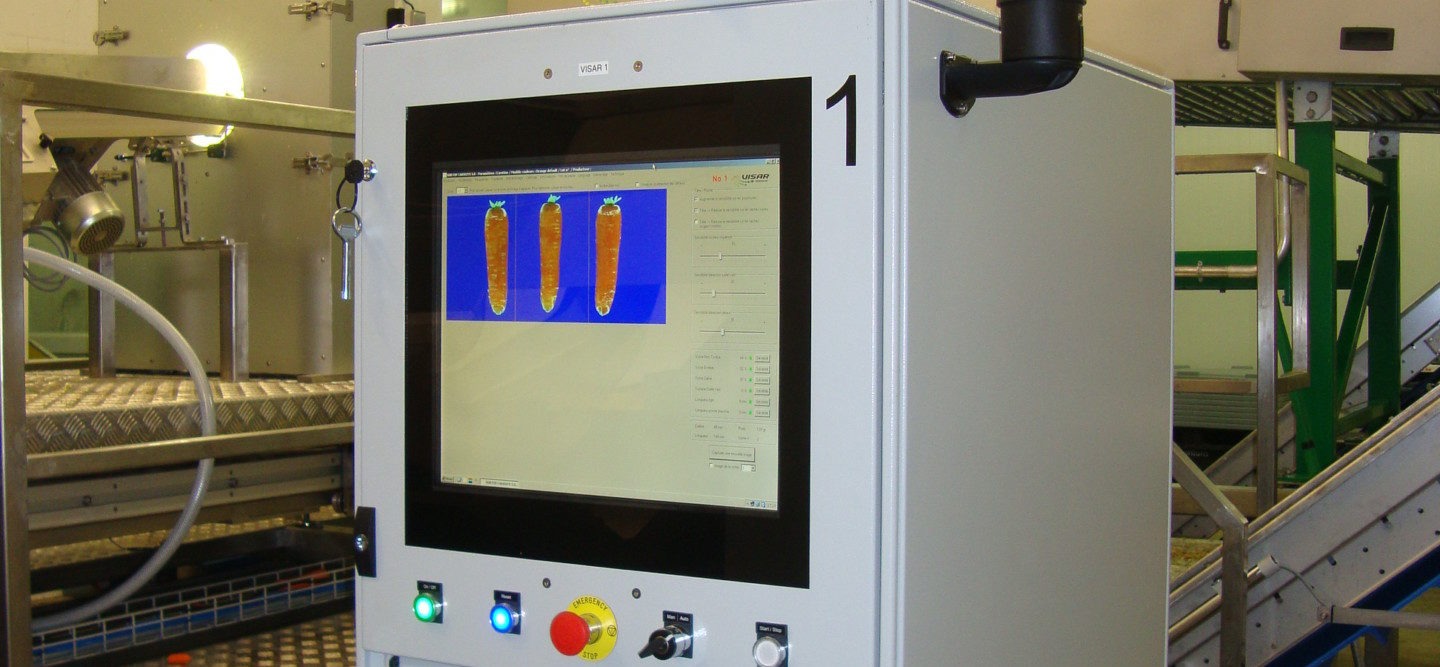
As things start to really hot-up in the final assembly departments of the Tong factory, our team of experienced installation engineers are also working hard out on the road installing advanced Tong vegetable handling equipment from Sweden to East Yorkshire!
And, as one of our biggest installations currently, is well underway onsite at one of the UK’s larger producers and processors of carrots, potatoes and combinable crops, M H Poskitt Ltd in East Yorkshire, we thought we’d take the opportunity to look at the reasons why vegetable growers and processors like Poskitts, are increasingly looking towards advanced optical sorting equipment to take their vegetable grading and sorting processes to the next level.
Improving efficiency with an Optical Sorter
Here, our Managing Director Edward Tong, discusses the 5 top reasons for considering advanced optical sorting as one of the most advanced and efficient ways of sorting your vegetable crop… optical sorting
Whilst optical sorting of vegetables is not a particularly new phenomenon by any means, as with all technology, the capabilities of optical sorting is advancing all the time, with the current selection of optical sorters available on the market offering valuable, yet different levels of intelligence, and subsequently, sorting results.
There are a number or camera-based grading and sorting machines currently on the market which all have their place in the vegetable handling process. MAF Roda, of which Tong is UK distributor for, offer a range of optical sorting and weight grading equipment, which can be configured in sequence to offer a weight grading and defect sorting line. The AgriSep stone and clod separating machine which Tong distributes throughout the UK, also uses camera sorting technology to remove stones and foreign objects from crop.
As technology is advancing, so are the capabilities of the latest optical sorting equipment. The Visar Sortop is one of the UK’s newest entrants to the optical sorting market, and is now bringing vegetables growers and processors the facility to weight and size grade by length and diameter, as well as defect sorting, all in one compact optical sorting machine.
Designed and manufactured in Switzerland, Tong has been sole UK distributor of Visar Optical Sorting technology since 2014, and on top of its capabilities to weight, size and defect sort, it is the unique and intelligent software that controls the machine that really brings its optical sorting capacity to the next level. With the ability to automatically and progressively learn which faults are acceptable or not as it works, the Visar Sortop optical sorter gives carrot, potato and vegetable processors a highly a efficient means of optically grading their crop, without the need for any manual sorting or tedious adjusting and programming of the machine.
This, coupled with a consistent grading result that allows the user to increase the percentage of saleable crop whilst significantly reducing labour costs, is leaving growers and processors with very powerful reasons to consider more seriously how an advanced optical sorter like the Visar, could noticeably increase yields and profit from their valuable crop.
So, with more and more vegetable growers and processors looking towards optical sorting as a promising option for their vegetable handling equipment upgrades, here’s the top 5 reasons why integrating a quality optical sorting system could be the right move for you.
-
Accurate Detection
There’s no doubt that advanced camera technology, like the HD camera within the Visar Sortop, can offer a much higher level of accuracy than manual inspection, when it comes to identifying ‘good’ and ‘bad’ crop. Sorting and grading systems that rely heavily on manual grading and inspection are at risk of not only missing defects, but also potentially wasting good crop due to a quick and subjective manual assessment of a crop’s suitability for meeting the required grade. Not only that, advanced optical sorting systems like the Visar can offer capabilities that are just not achievable through manual inspection at a reasonable throughput. When looking at the advanced capabilities of the Visar Sortop, the high definition camera within it means that all defects are detected, plus, the machine can even differentiate between a water stain and the tiniest black spot. The artificial intelligence software within the machine means that defects are sorted in a way that reflects human judgement, progressively learning what is and isn’t acceptable, with the highest consistency. For added accuracy, the 360 degree mirror system used within the Visar Sortop means that every carrot and potato is entirely analysed, at an impressive rate of 12 to 15 carrots per second. This is a very reliable means of detecting any defects, without the need for any manual inspection. What’s more, the accuracy level at which the Visar Sortop operates can be quickly and easily adjusted to suit the demands of different customer accounts. For top-quality outlets looking for very strict sorting parameters, the Visar will sort crop to ensure only the best quality crop meets the top grade. For accounts where parameters can be wider, the Visar can be quickly reprogrammed to sort crop to the required level.
-
Increased Consistency
By the very fact that optical sorters use camera technology to increase the accuracy of defect detection, the consistency of crop sorting results is increased when optically sorting crop. In addition, as well offering more accurate defect detection and sorting, optical sorters can increase consistency by size grading crop too, for all round consistent sorting results. The Visar Sortop is able to offer crop grading and weighing with exceptional accuracy, to the nearest millimetre and gram. With capabilities like this, growers and processors can achieve extremely consistent results, as demanded by today’s supermarkets and consumers. Unlike heavily manual sorting systems, an automatic optical sorter does not get tired or complacent, which can be a reason for inconsistent grading results. In addition, during busy periods, it can be run much more continuously than within normal working hours.
-
More Saleable Crop
With an intelligent optical sorter, like the Visar, that can sort crop into a number of determined quality levels rather than simply ‘good’ or ‘bad’, crop that may have previously gone to waste is often found to be saleable in one of the determined quality grade bands. In fact, when a Visar Sortop optical sorter is integrated within a vegetable handling line, the percentage of crop that can be sold increases by up to five percent. The Visar is manufactured with six outlets, sorting crop into up to three quality levels plus a waste stream, offering much more potential for saleable crop than can be achieved with manual or simple optical sorting systems. This increase in saleable crop means a much better yield, and ultimately additional income, by implementing a more intelligent sorting process.
-
Minimal Labour Requirements
With the key driver for optical sorting of crop being to increase the quality of the sorting process, ensuring defects are reliably detected, another key consideration is its contribution to reducing labour costs. There’s no getting around the fact that with an increasing minimum wage, labour costs are steadily on the up, whilst sourcing suitable labour for the job continues to pose its own challenges. Alongside capabilities that can’t be achieved manually, most optical sorters on the market will offer significant labour savings. The extent of the labour savings does of course depend on the accuracy that can be achieved by the optical sorter alone. The more accurate and automatic, the lower the requirement for any additional or secondary manual inspection after optical sorting. With its intelligent ‘learning’ software that sorts using a unique system that replicates human judgement but with much greater consistency, the Visar optical sorter can process any batch of carrots or potatoes automatically, with high consistency and without the need for manual sorting. This reduction in labour requirements, and essentially labour costs, results in one of the most noticeable bottom-line savings, contributing significantly to a very powerful return on investment.
-
Reduced Waste
Minimising waste during any process is a key consideration for businesses in all industries, and the vegetable industry is no different. However, if the amount of waste can not only be reduced, but that which is saved from the ‘waste pile’ can actually be used as a saleable product, then it’s a real ‘win-win’ situation. It not only means the company is considering its waste credentials, but it ultimately means more money from crop. As mentioned in point three above, by selecting an advanced optical sorter that offers the ability to offer a number of quality levels or grade-bands – for example, best quality, value quality, process quality etc – this means there is more outlets and sales potential for ‘out-of-spec’ crop.
So, do the benefits of opting for an optical sorter such as the Visar, outweigh (no pun intended!) the initial investment costs?! Of course this depends on the process you have now, and the extent of the financial savings and gains that a new, intelligent and an automatic optical sorting line will offer. What we are seeing though, is that if a grower or processor operates a vegetable sorting system that currently requires significant manual labour, just looking at the savings in labour costs that can be achieved by such an automatic sorting process, brings a somewhat tempting return on investment. And, when you consider this PLUS the increases in revenue from achieving better yields and more saleable crop, the maths often starts to look rather enticing!
Read more about the Visar Sortop Optical Sorter ro find out more about Tong Engineering’s carrot grading handling equipment.

